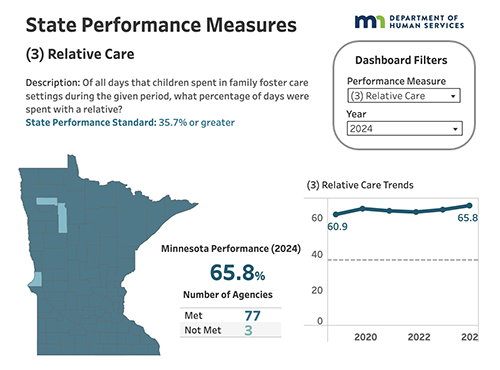
Working collaboratively to improve the social, emotional, educational, and economic outcomes of all Wabasha County children and families.
What is a Collaborative?
A collaborative works together to create healthier communities by uniting service systems for coordinating and integrating resources and support for children, youth, and families. This includes fostering resilience through knowledge and skill-building at the individual, family, and community levels.
How the Wabasha County Collaborative is Funded.
Local Collaborative Time Study (LCTS)
The Wabasha County Collaborative participates in the Local Collaborative Time Study (LCTS). LCTS is a random moment time study administered by the MN Department of Human Services (DHS) to generate new federal dollars for Children’s Mental Health and Family Services Collaboratives.
Funding
The LCTS accesses federal entitlement funds through two sections of the Social Security Act; Medical Assistance through Title XIX and Foster Care and Adoption Assistance through Title IV-E.
The three types of public entities that participate in this time study are: Public Health, County or Community Corrections, and School Districts. These entities are members of Wabasha County’s Children’s Mental Health & Family Services Collaborative. Each entity participates in the time study and generates federal dollars for the collaborative. The LCTS money generated from the time study is used to expand early intervention and prevention services for children and families and support the services provided by our local collaborative (i.e. therapy services, HeadStart grants, school social worker programs, etc.).
How It Works
The LCTS documents time spent by staff on various work activities at randomly selected dates and times each quarter.
At the time of the random moment, each staff person on the LCTS will choose an activity code to represent what best describes the activity they were performing at that date and precise time. Examples of activities include: determination of risk, child service coordination, court related and other child related administration, training of foster and adoptive parents or provider staff, treatment and counseling, intake for long term services and supports, direct medical services, determining eligibility for Medical Assistance, etc.
To learn more about Wabasha County’s child protection performance measures, click on the graphic below.


